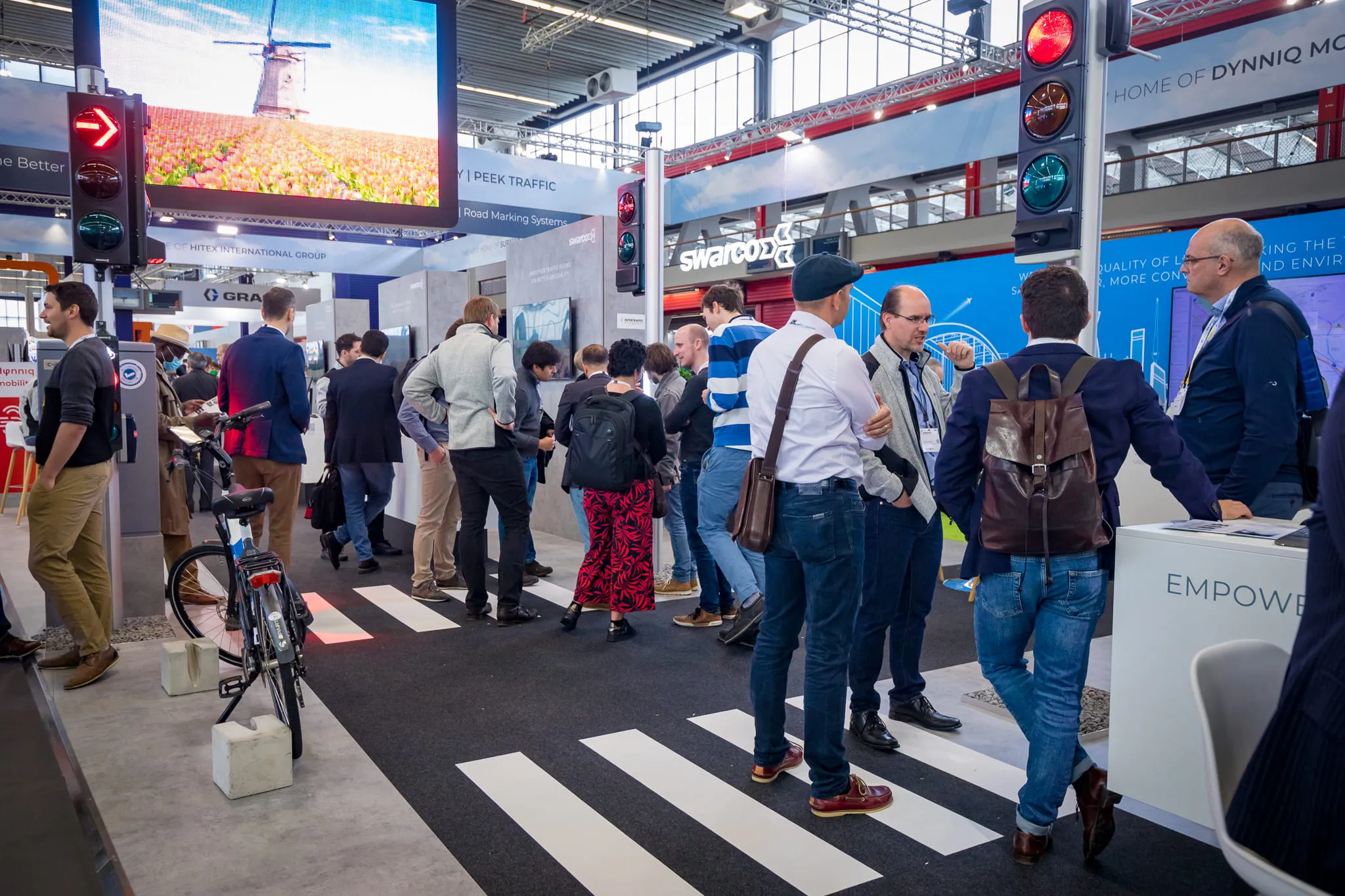Protean Electric chairman and CEO Bob Purcell says his company’s in-wheel motor design is unlike conventional motors or combustion powertrains with electric motors added. "We started with a clean sheet and designed motors specifically for in-wheel applications," he said.
Protean claims its in-wheel motors have the highest torque density of any of today's leading electric propulsion systems. Each in-wheel motor can deliver 81 kW (110 hp) and 800 Nm (590 lb-ft), yet weighs only 31 kg (68 lbs.) and is sized to fit within the space of a conventional 18-inch road wheel. It is also claimed the drive also has superior regenerative braking capabilities, which allow up to 85 per cent of the available kinetic energy to be recovered during braking.
The company states its Protean Drive can increase fuel economy by over 30 per cent depending on the battery size and driving cycle. It is also powerful enough to be the only source for traction on a variety of vehicles.
Patents protecting Protean's innovations in technology and design already have been awarded in the United Kingdom and the United States. The company has filed additional patents in Europe, China, Malaysia, Japan, and India.









